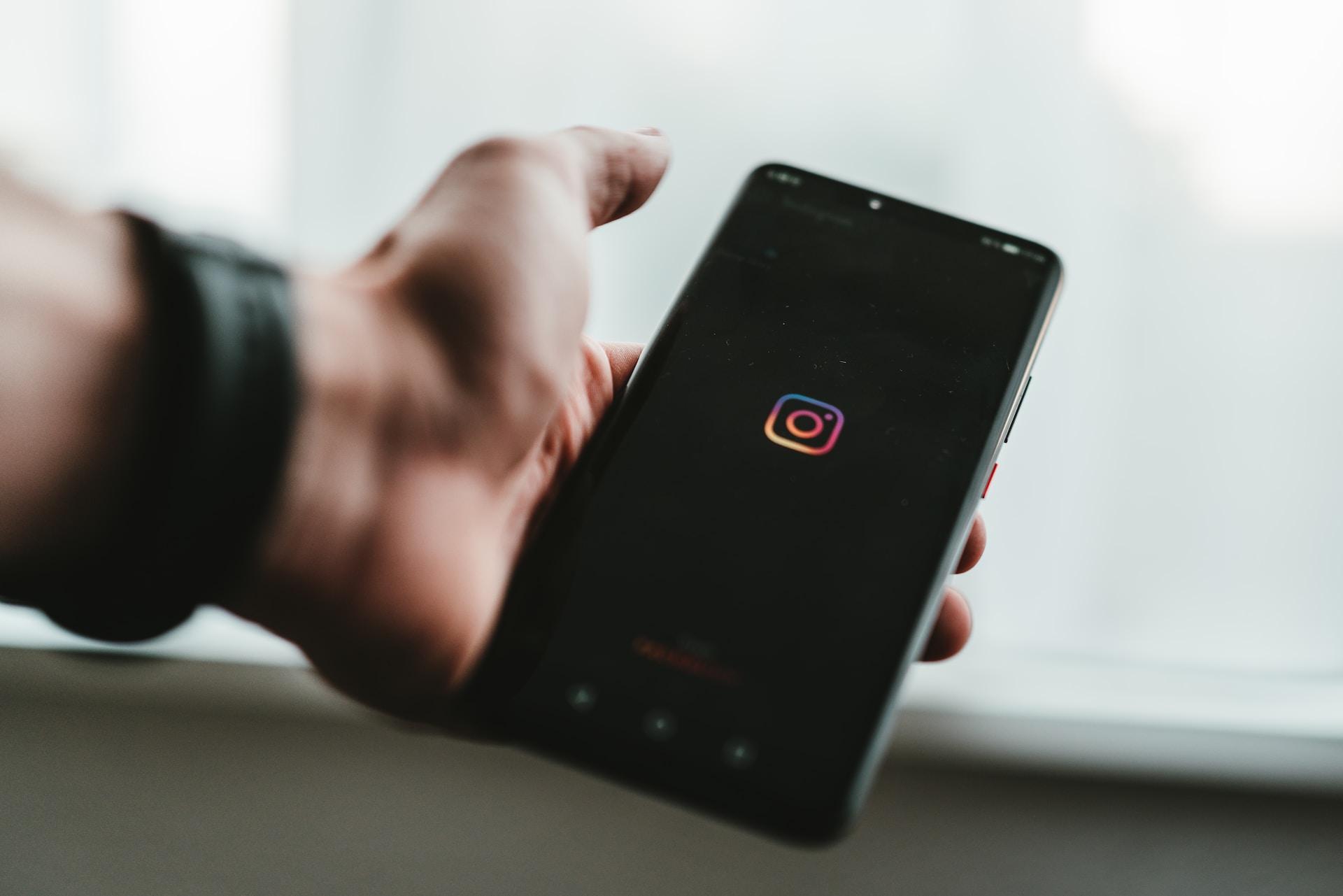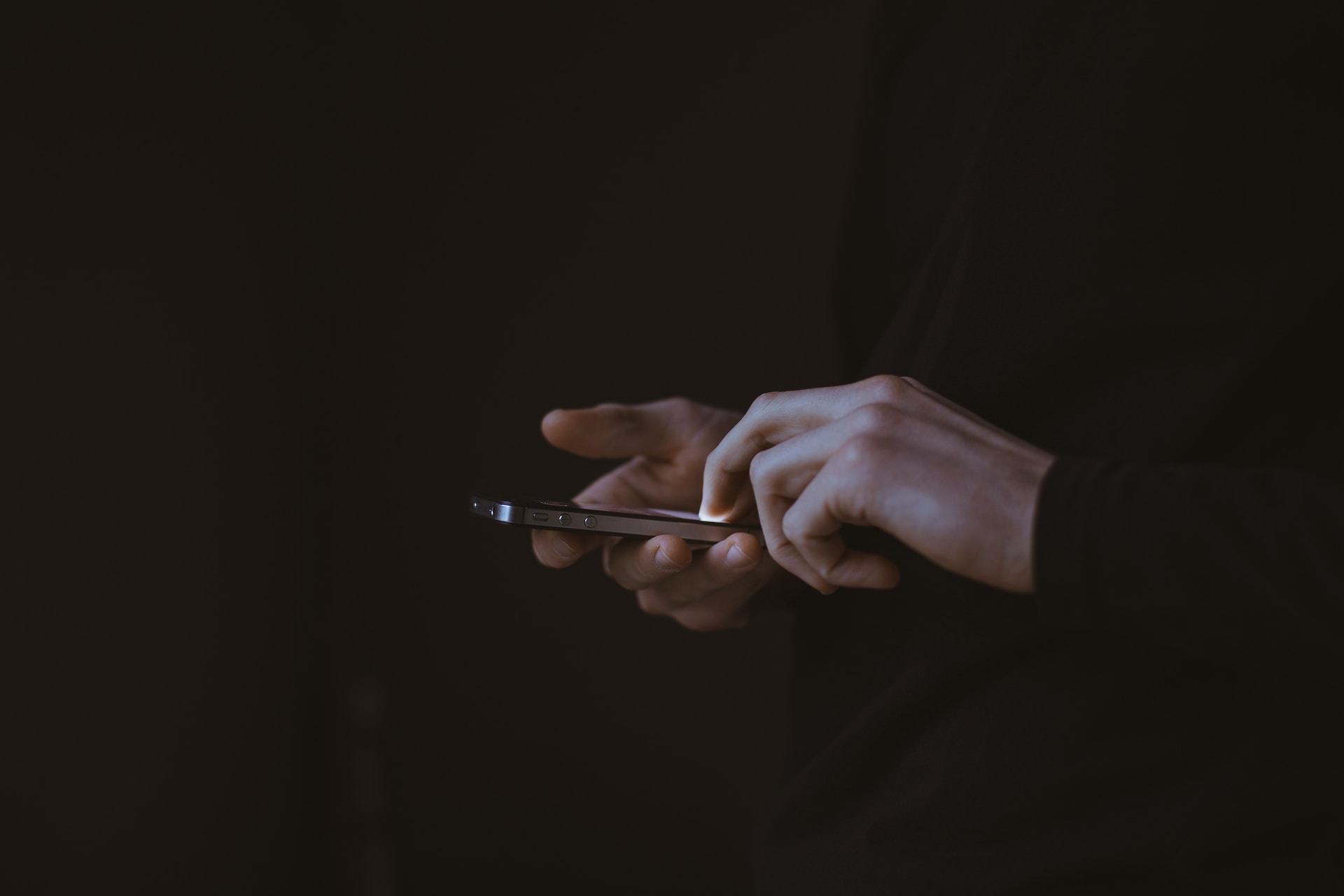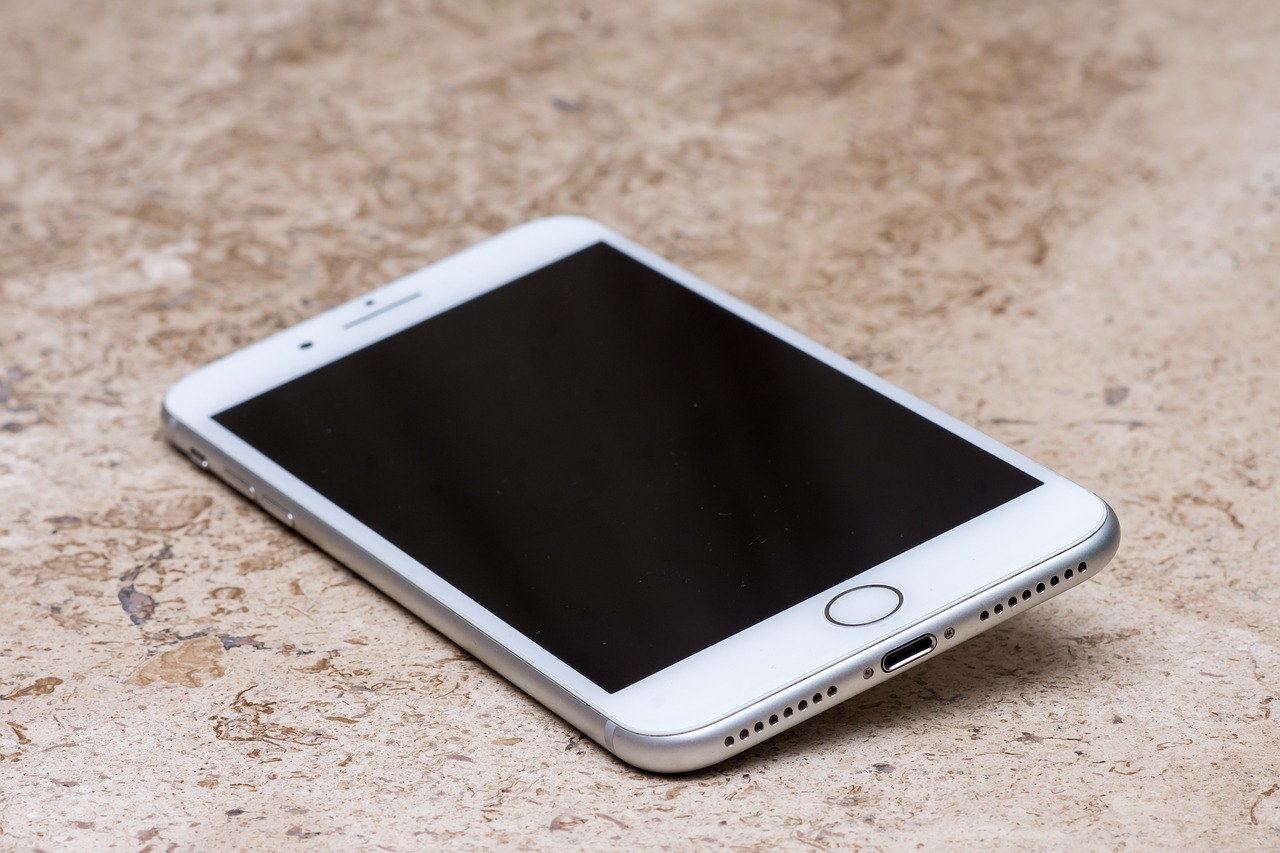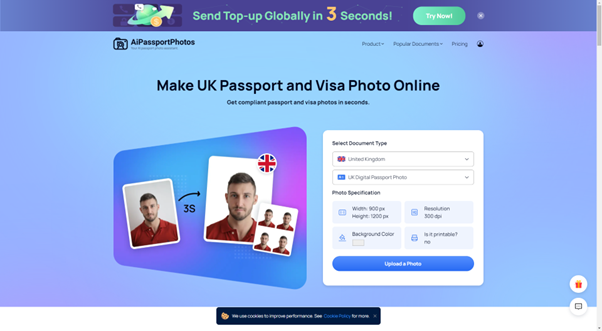Instagram social media platform – a digital kaleidoscope of human stories, where moments are woven into an artistic tapestry of visual narratives, inviting users to embark on a virtual odyssey through the vibrant landscapes of shared experiences. Among these platforms, Instagram stands out as one of the most influential and visually appealing platforms, landing the attention of millions of users worldwide. At the heart of Instagram’s appeal lies its engagement metric, the “likes” point.
The social proof miracle, which suggests that people tend to conform to the conduct and actions of others in uncertain situations, plays a significant part in shaping subs actions and decision- making processes on Instagram. The number of hearts a post receives serves as an important social cue, as you can maximize engagement on your Instagram profile and set stable credibility and applicability. As similar, Instagram likes have the eventuality to impact colorful aspects of user behavior, from content creation and consumption to product purchases and life choices.
This composition explores the profound influence of Instagram interactions on user behavior and other particular actions. By delving into the cerebral mechanisms behind the social evidence factor, we aim to exfoliate light on how interactions shape perceptions, provocations, and conduct on the platform. Understanding the implications of Instagram reactions can empower both individualities and businesses to work this social currency effectively and navigate the intricate landscape of digital influence.
Social Proof What is it? What main info should be marked speaking about social media.
Social media platforms have become ubiquitous, the conception of social proof has surfaced as a prominent force shaping user behavior. Social evidence refers to the cerebral miracle wherein people look to the actions and actions of others to guide their own choices, particularly in uncertain or nebulous situations. It serves as an important tool for individualities and businesses likewise, using the influence of the crowd to shape comprehension, stations, and conduct.
When it comes to social media, social evidence takes on a new dimension. Platforms like Instagram, Facebook, Twitter, and TikTok give people a constant slice of content and a vast network of connections. Within these surroundings, the conception of social evidence becomes largely visible and influential, particularly in the form of likes, shares, followers, and commentary:
- The impact of social proof in social media is significant for several reasons. originally, it serves as a form of confirmation. Users perceive an advanced number of likes, followers, or shares on their posts as pointers of blessing and acceptance. The desire for confirmation drives individualities to produce and partake content that aligns with what they believe will garner social blessing, thereby buttressing the cycle of seeking social evidence.
- Social proof acts as a roadway for decision-timber. The inviting quantum of content available on social media platforms makes it challenging for users to estimate the quality or applicability of each post singly. In similar cases, individualities tend to calculate on the number of “hearts”, shares, or positive commentary as an index of value. The advanced the social proof, the more likely users are to perceive the content as secure, engaging, or worth their time and attention.
- The proof also plays a key part in shaping trends and impacting consumer behavior. Social media platforms are breeding grounds for viral content, where certain posts, products, or ideas gain immense fashionability in a short span of time. The social evidence factor, through likes, shares, and signatures, energizes the spread of these trends. Users are more likely to jump on the crusade and borrow popular trends, believing that others’ positive responses serve as evidence of their advisability or efficacy.
Businesses, in particular, have honored the power of social evidence in social media and have exercised it to drive their marketing strategies. Influencer marketing, for case, capitalizes on the social evidence of popular individualities who have amassed a significant following. By uniting with influencers and using their social evidence, businesses can tap into their followership’s trust and credibility, thereby enhancing brand mindfulness, character, and eventually, deals.
It’s important to note that social evidence isn’t without its limitations and implicit risks. The reliance on social proof can produce a herd intelligence, where individualities conform to popular opinions or trends without critically assessing them. This can immortalize misinformation, echo chambers, and the spread of dangerous or inaccurate content. Also, the hunt for social evidence can lead to a constant need for confirmation and a negative impact on internal well-being, as individualities compare their own worth to others grounded on external measures of fashionability.
Social evidence is an important force in the realm of social media. It shapes user behavior, decision-making processes, and trends, impacting how individualities perceive, engage with, and share content. The frequency of “hearts”, shares, followers, and commentary on social media platforms serves as social currency, furnishing confirmation, trust, and a roadway for decision-timber. Businesses can use social evidence to enhance their marketing efforts, while users should be apprehensive of its implicit limitations and counter accusations on their well- being. Understanding and navigating the influence of social evidence in social media is essential in moment’s connected digital geography.
Instagram Likes Impact User Behavior and Decision-Making Processes
Among these platforms, Instagram stands out as one of the most popular and influential ones. With its visually charming interface and user-friendly features, Instagram has amassed over a billion active users worldwide. One of the crucial rudiments that drives engagement on Instagram is the “Like” button, which allows users to express their appreciation for a post. Still, the impact of Instagram social signals goes beyond bare confirmation and has a profound effect on user behavior and choosing processes.
First and foremost, Instagram “hearts” serve as a form of social evidence. When users see a post with a high number of reactions, it creates a perception of fashionability and quality. People are more likely to engage with posts that have a large number of reactions because they assume that others have set up the content to be precious or intriguing. This social evidence can impact subs behavior, leading them to like, note on, or indeed partake in a post to align themselves with the perceived agreement of the crowd. Accordingly, individualities may feel compelled to conform to the maturity opinion, shaping their decision-making process grounded on the quantity of reactions a post receives.
The Disadvantages of the Likes Gaining Process on Instagram
While Instagram likes have become a part of the platform’s ecosystem, they also come with their fair share of disadvantages. The pursuit of reactions and the emphasis placed on them can have negative consequences for users and their overall experience on the platform. Then are some crucial disadvantages of the “hearts” gaining process on Instagram:
Confirmation and Tone-regard Issues
The number of likes a post receives frequently becomes a metric of self-worth and fashionability for numerous users. Constantly seeking confirmation through reactions can lead to passions of inadequacy and low tone-regard if posts fail to admit the asked number of likes. This can produce a vicious cycle of seeking external confirmation and grounding one’s self-worth solely on the blessing of others, which can be mischievous to internal health.
Comparison and Covetousness
The elevation of likes on Instagram can fuel comparison and covetousness among users. Seeing posts from others with a high number of likes can lead to passions of covetousness and the perception of one’s own content as inferior. This comparison culture can induce negative feelings and a sense of dissatisfaction, undermining the platform’s original purpose of connecting and participating experiences.
Fake Engagement
The pursuit of “hearts”has given rise to practices similar as buying activity, using engagement capsules, or sharing in like-for-suchlike exchanges. These tactics aim to inflate engagement criteria instinctively and produce a false sense of fashionability. Still, this type of engagement is superficial and doesn’t contribute to genuine connections or meaningful relations. It distorts the authenticity of the platform and undermines the trust between people.
Focus on Volume Over Quality
The emphasis on gaining likes can shift the focus from creating high-quality content to producing posts that are more likely to induce engagement. Users may feel pressured to prioritize volume and conform to popular trends rather than expressing their creativity and individuality. This can hamper particular growth and discourage trial and originality on the platform.
Impacts on Creativity and Self- Expression
The pursuit of reactions can circumscribe people’ creativity and tone- expression. When the number of likes becomes the primary thing, users may feel compelled to conform to popular content formats, aesthetics, or motifs, limiting their capability to explore their unique interests and heartstrings. This can affect a homogenization of content and a lack of diversity on the platform.
Dependence and Time Consumption
The addictive nature of social media, fueled by the constant desire for likes and confirmation, can lead to inordinate time spent on the platform. Users may find themselves endlessly scrolling, seeking blessings, and comparing their own posts to others. This dependence can negatively impact productivity, real-life connections, and overall well-being.
Unrealistic prospects and Pressure
The pressure to maintain a high position of likes can produce unrealistic prospects and a constant need to curate the perfect online image. Users may feel compelled to present an interpretation of themselves that’s solely concentrated on gaining “hearts”, leading to passions of inauthenticity and anxiety. This pressure to perform can be particularly challenging for youthful users who are more susceptible to social influences.
While Instagram likes have become an integral part of the platform, it’s pivotal to fend off the disadvantages associated with the “hearts” gaining process. From confirmation and tone- regard issues to fake engagement and unrealistic prospects, the pursuit of likes can have negative impacts on users’ internal health, creativity, and overall experience on the platform. It’s important for individualities to maintain a healthy perspective, prioritize genuine connections, and engage in conditioning that brings them joy and fulfillment beyond the figures of likes entered. Also, platforms like Instagram can take a way to promote positive engagement and give users a more balanced and authentic experience.
Final Thoughts for the Topic
Instagram reactions have a direct influence on users’ processes, particularly in the realms of consumer behavior and particular branding. On Instagram, influencers and brands heavily calculate on likes as a metric of success and fashionability. When a post receives a high number of ”hearts”, it signals to implicit guarantors or collaborators that the influencer or brand has a substantial reach and a devoted followership.
This, in turn, opens up openings for hookups, endorsements, and monetization. Also, for individual users who aim to make their particular brand or gain visibility, a high number of social signals can attract attention and openings, similar to collaborations, job offers, or indeed media features. As a result, users are more likely to invest time and trouble into creating visually appealing and engaging content, strategically aiming for likes to enhance their online presence and achieve their particular and professional pretensions.
The impact of Instagram likes on choosing processes also extends to the realm of consumer actions. Users frequently turn to Instagram for alleviation, product recommendations, and reviews. When they come across a post that showcases a product or service with a high quantity of reactions, it creates a sense of credibility and trust. The likes serve as a form of social confirmation, indicating that others have had a positive experience with the product or service. As a result, individuals are more likely to consider purchasing or trying out the recommended item.
This miracle has given rise to influencer marketing, where brands unite with influencers who have a significant following and high engagement rates to promote their products. The effectiveness of similar collaborations relies heavily on the number of social signals entered, as it influences consumers’ decision-making processes and purchase behavior. While Instagram likes have really become a driving force in user behavior and decision-making processes, it’s essential to recognize the implicit downsides and challenges associated with this miracle.







